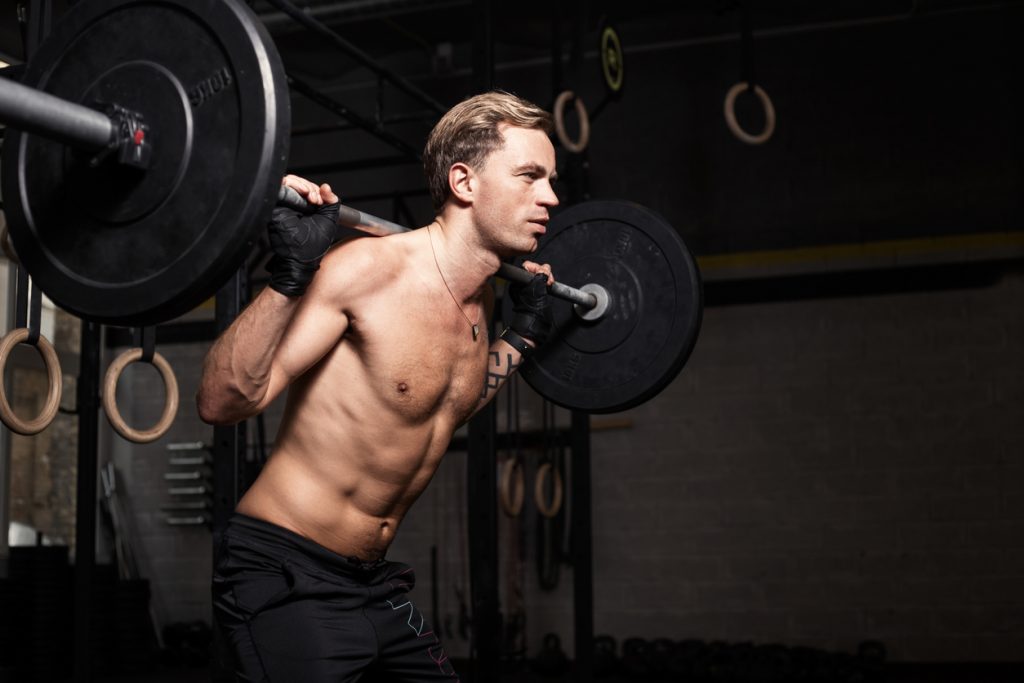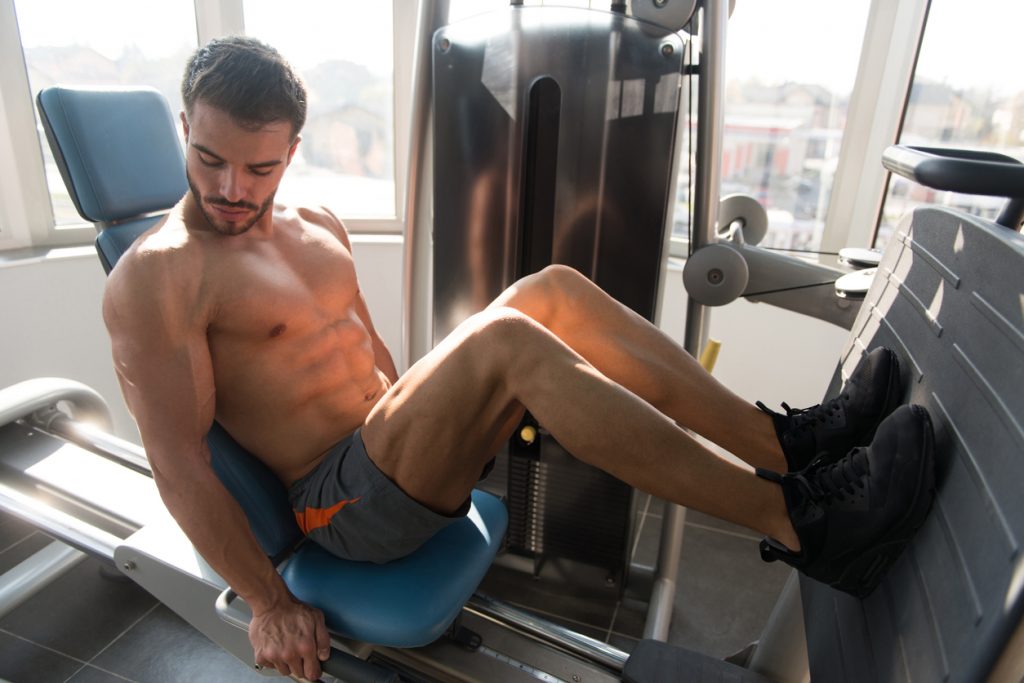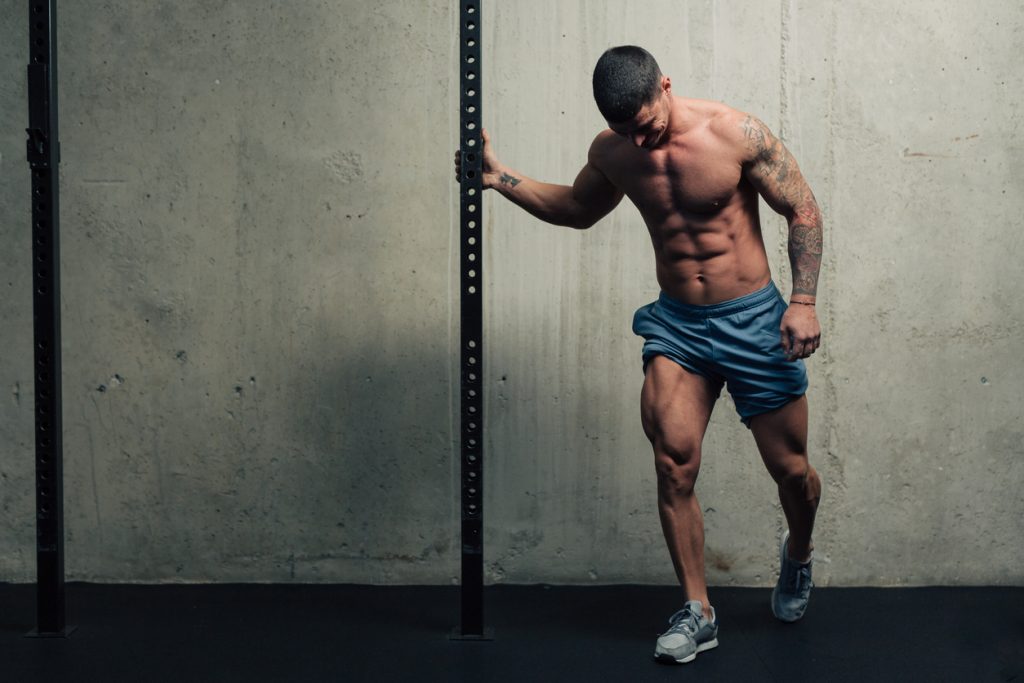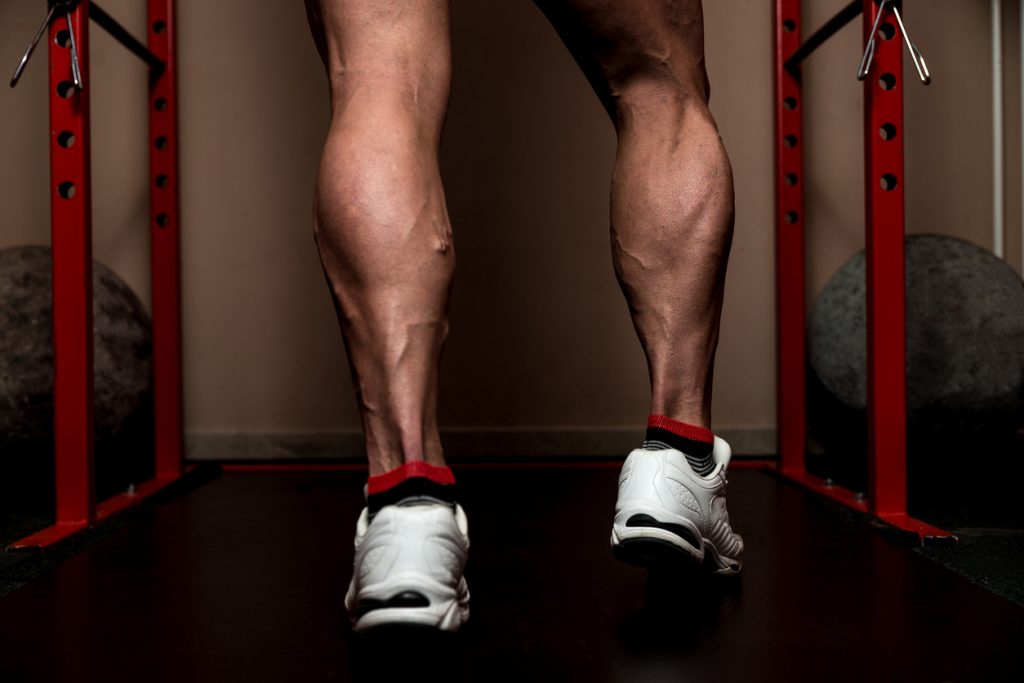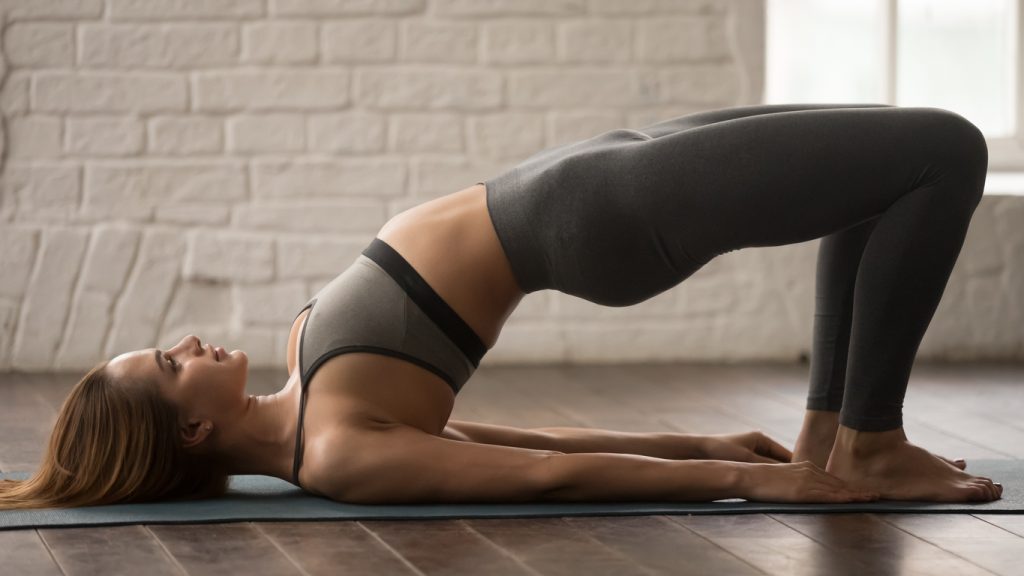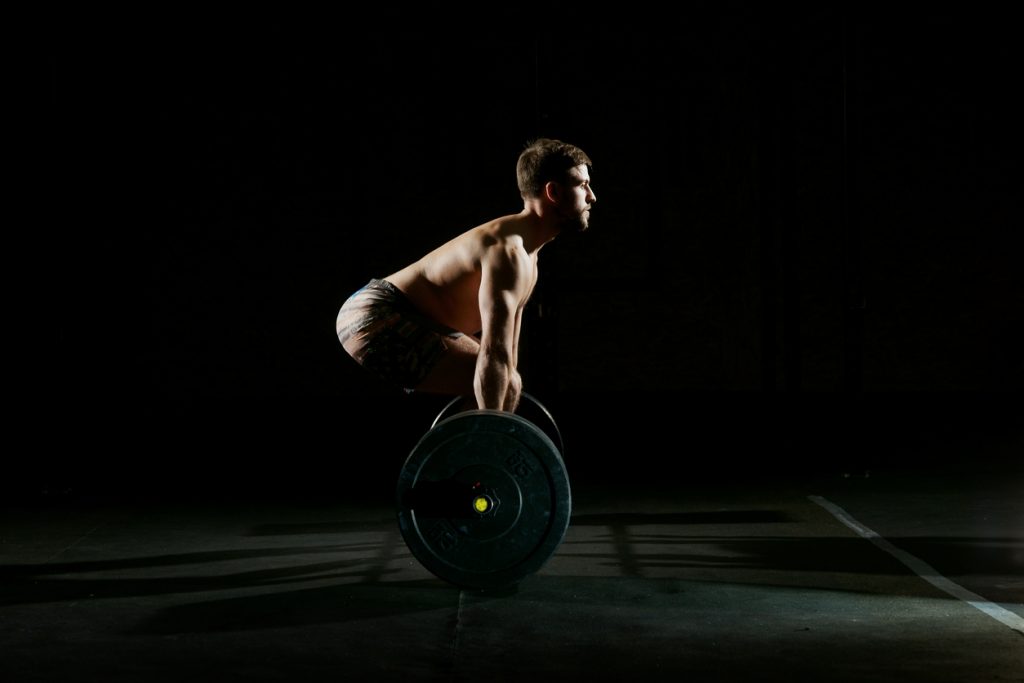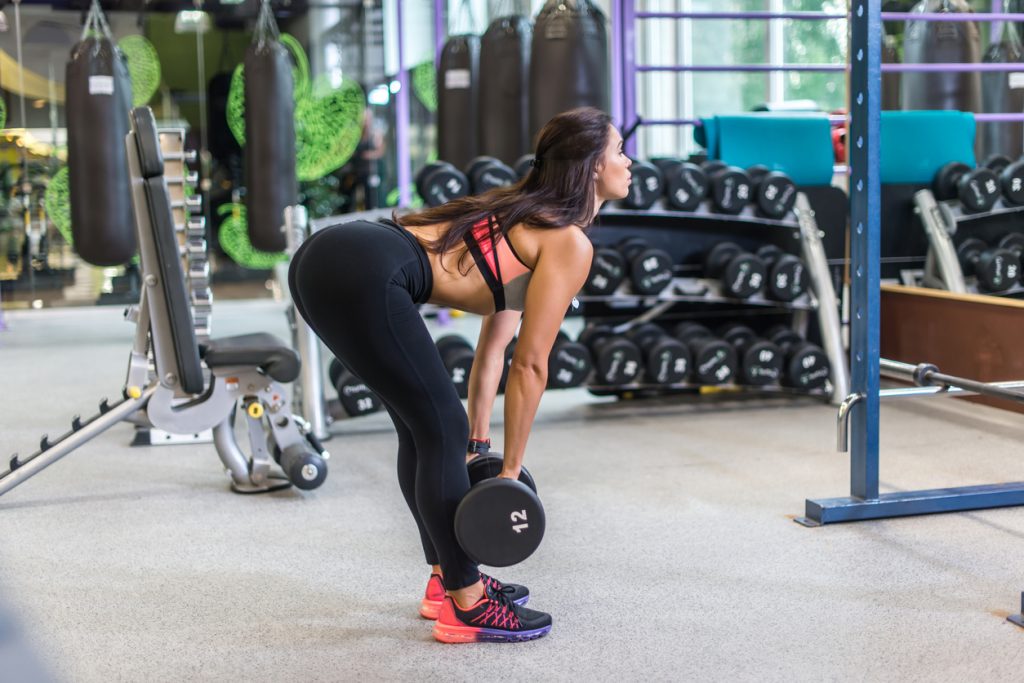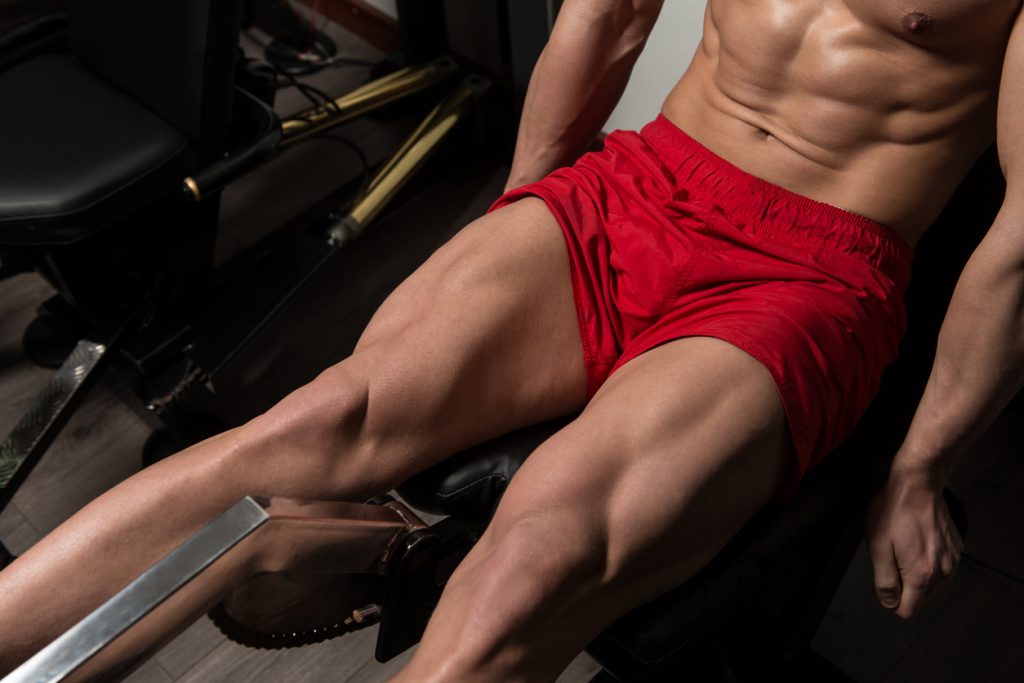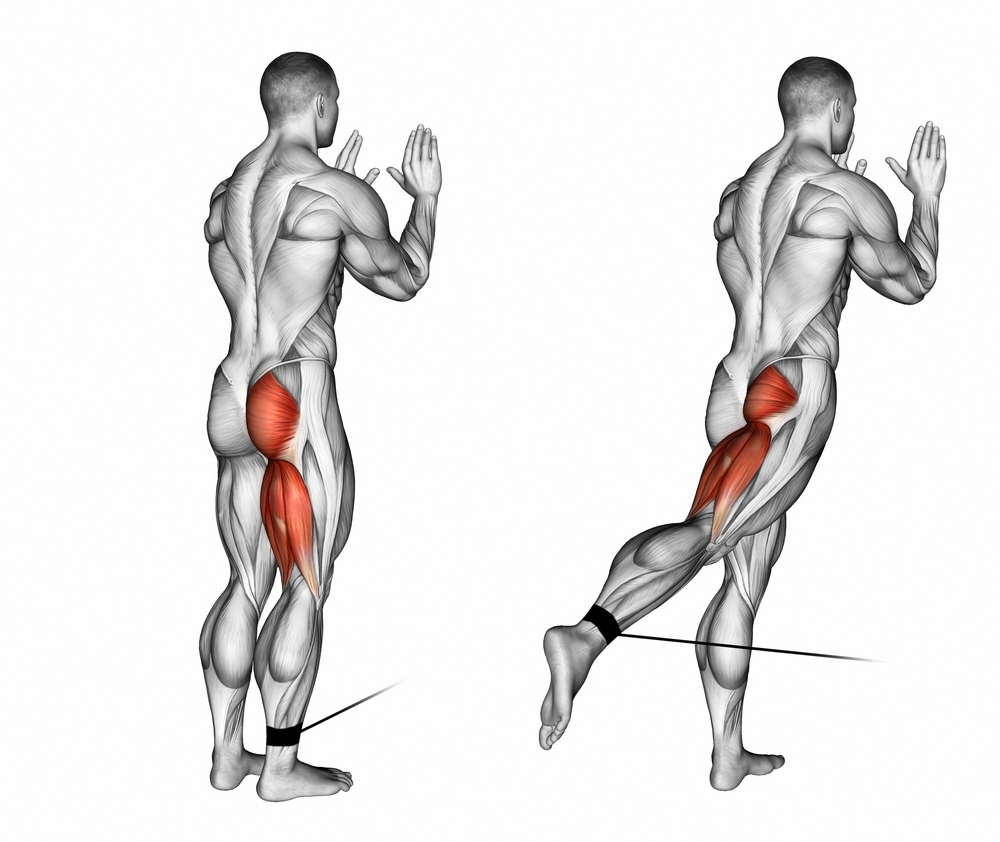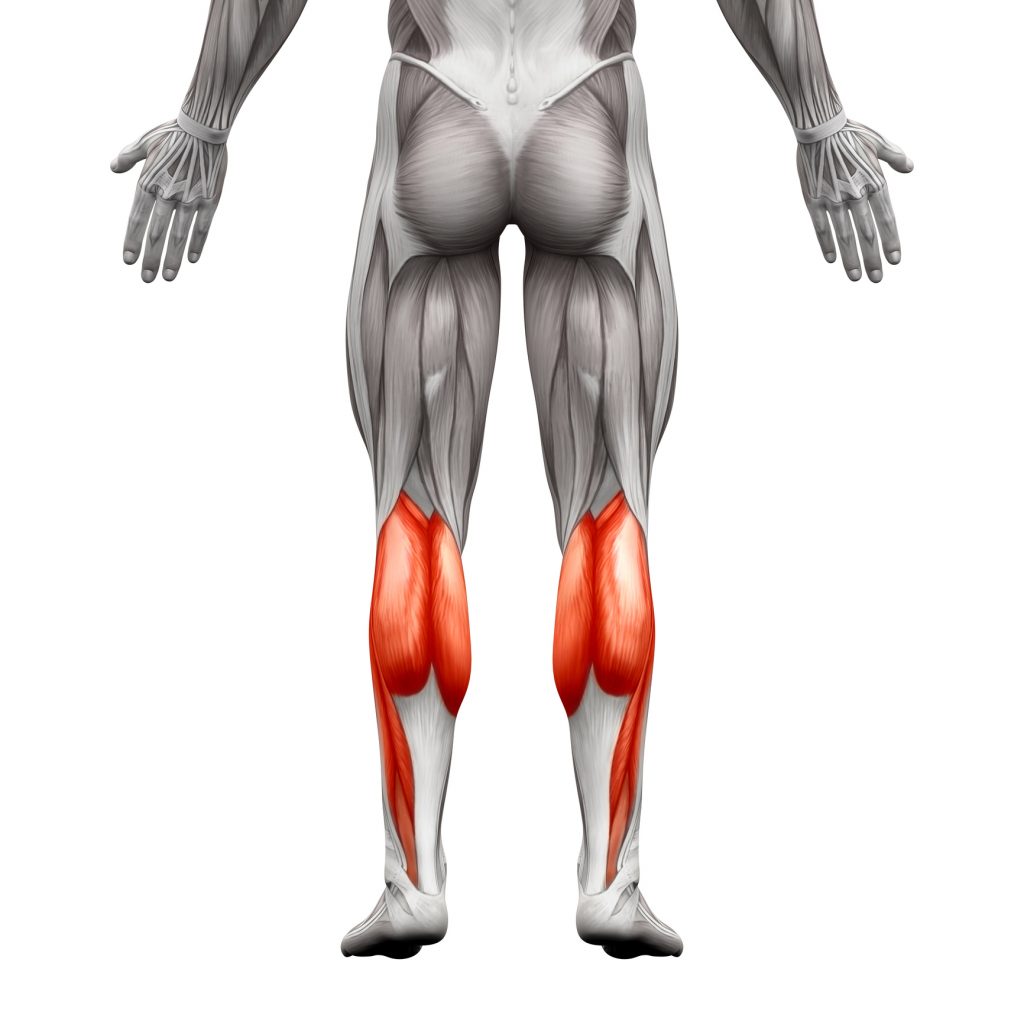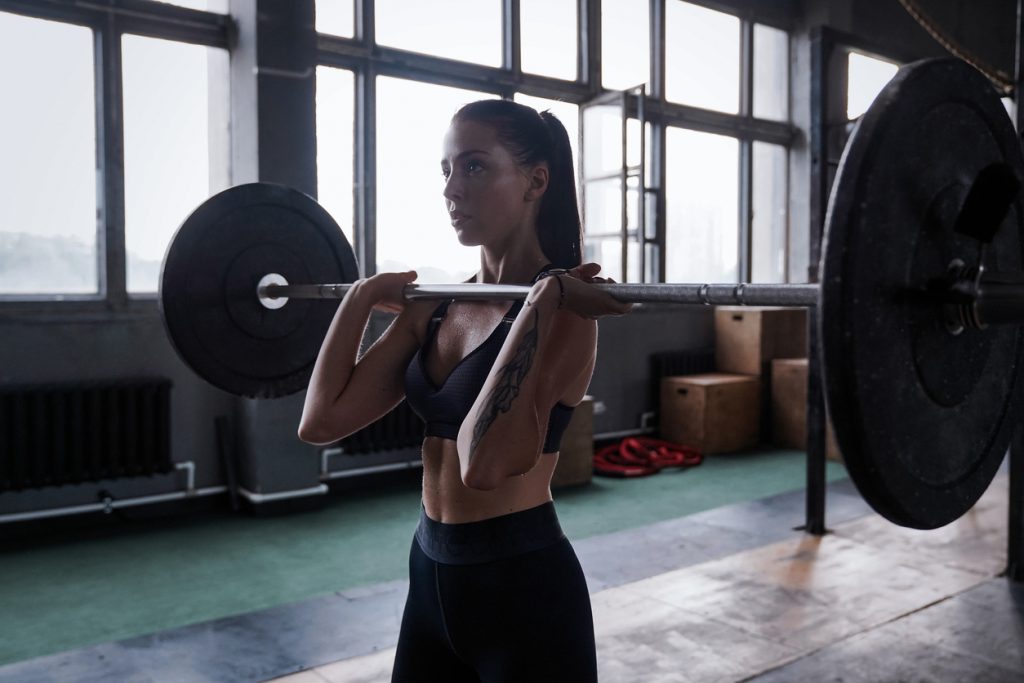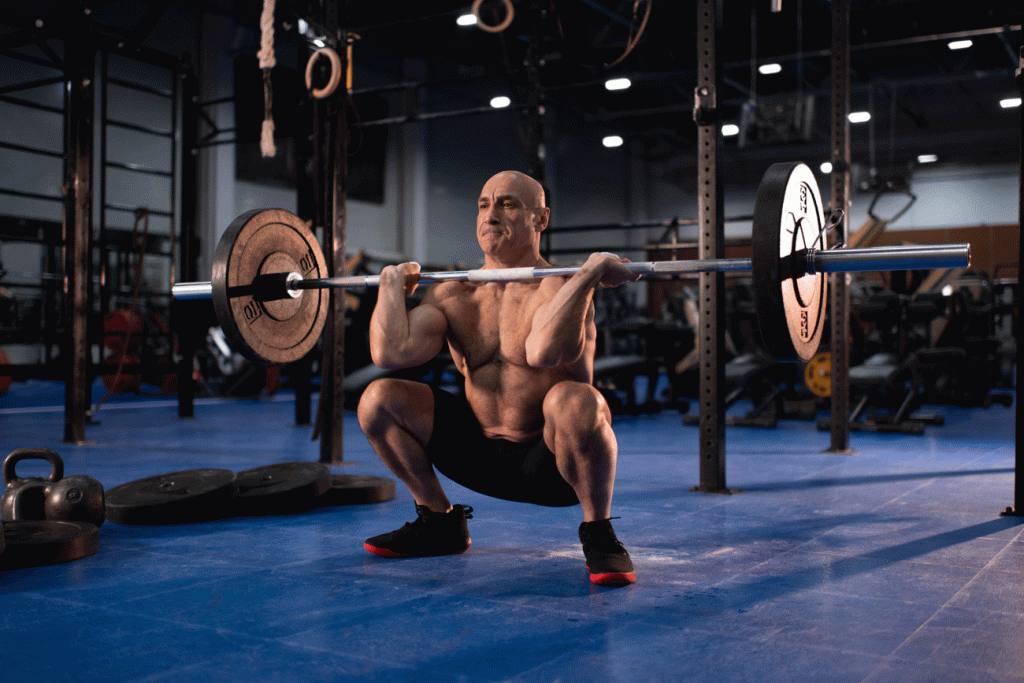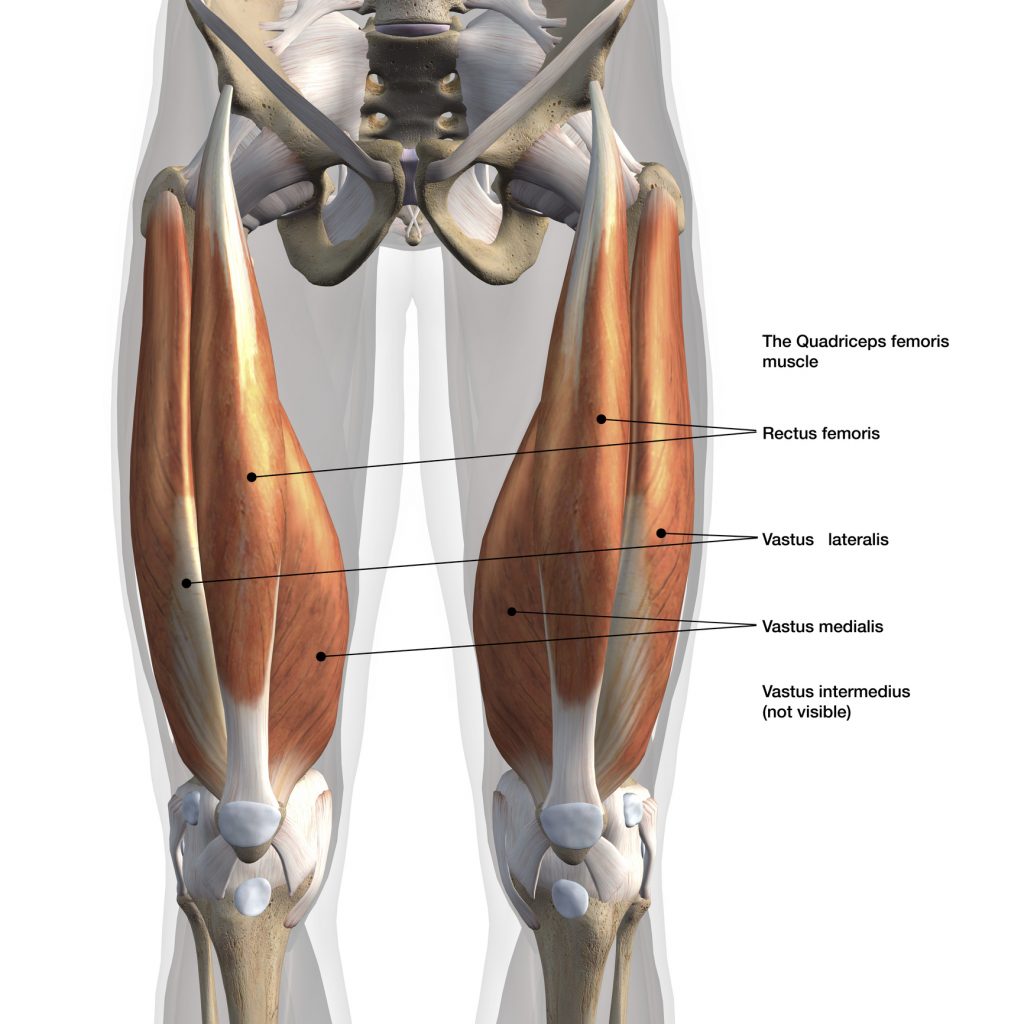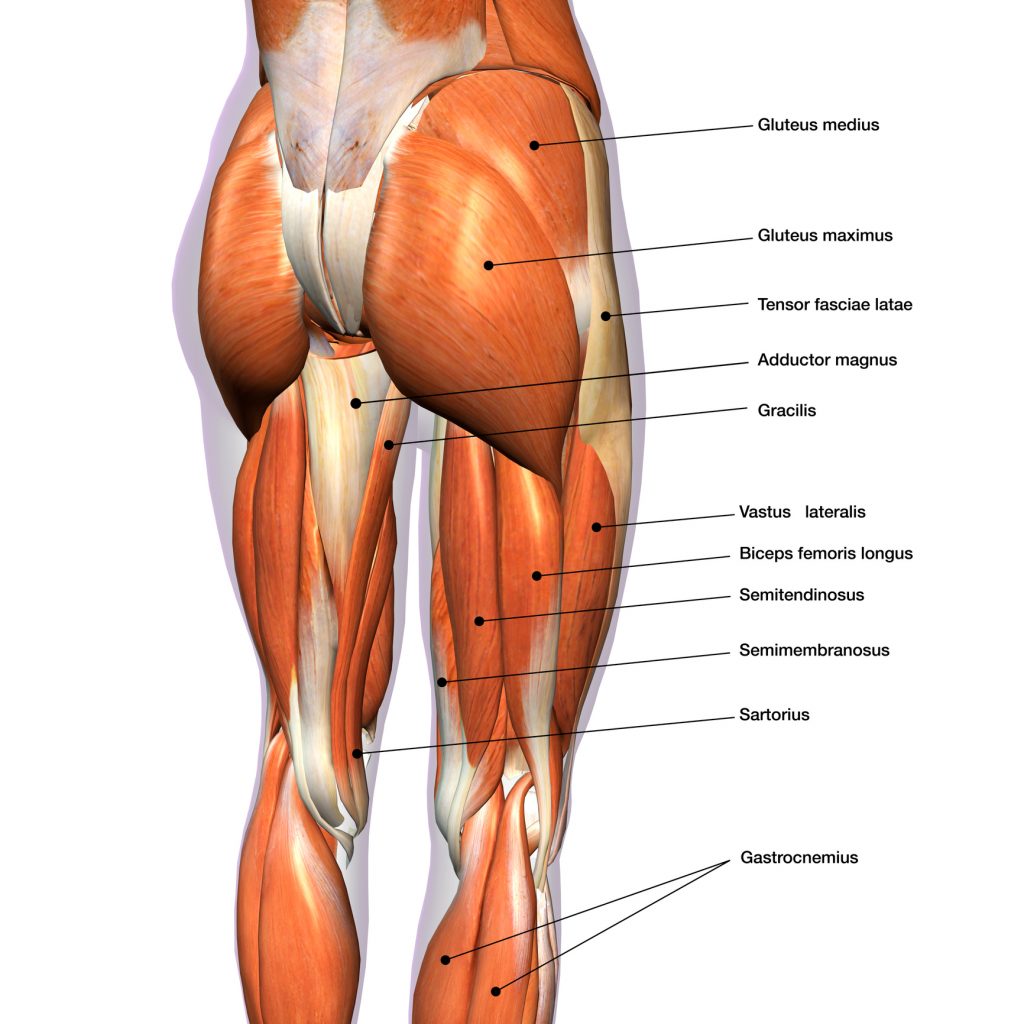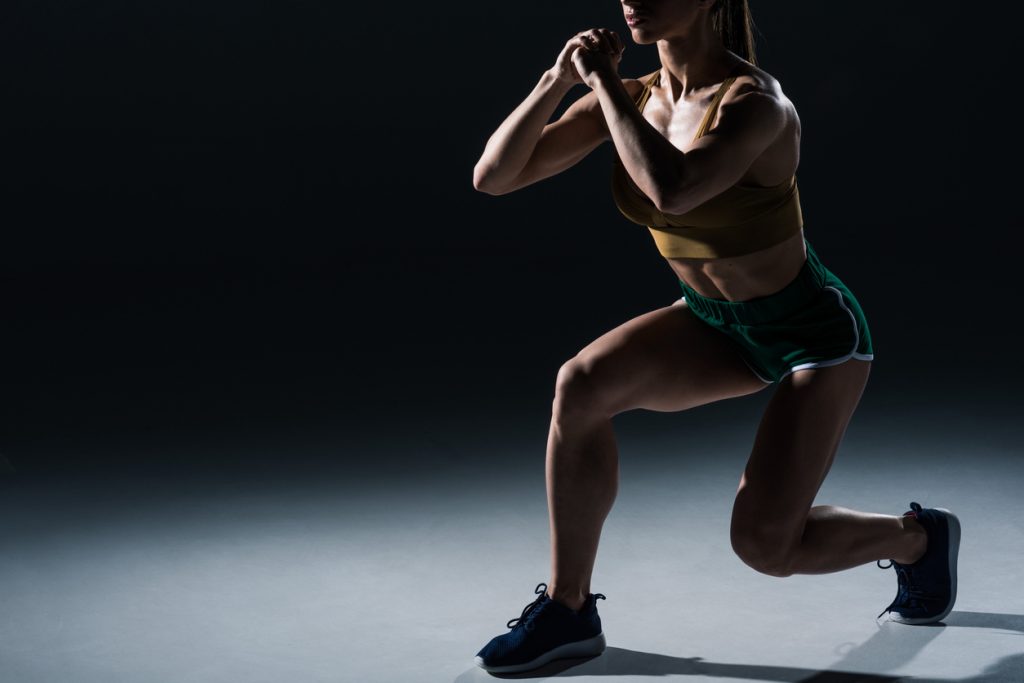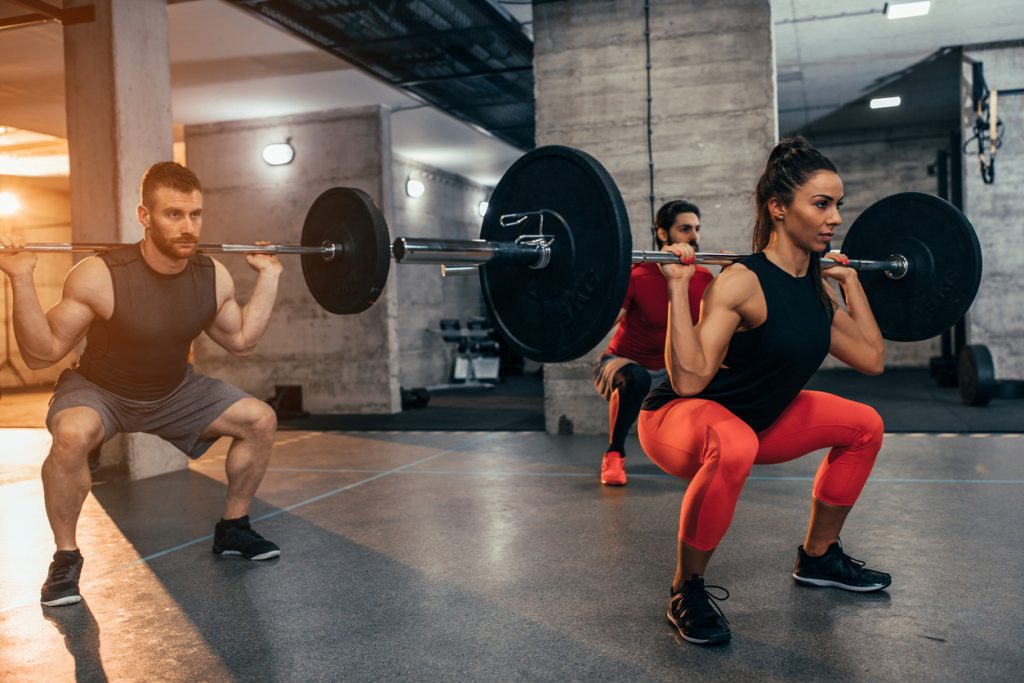Having firm thighs and a great butt is a goal that many seek when working out. A must-do exercise to achieve this is the squat, which is a squatting movement aimed at the lower body muscles. With its different variants , it is a complete exercise that can involve several muscles.
It is the most frequently used movement for building up thighs and buttocks. Whether they are beginners or professionals, all exercisers have surely heard of it. But what are the real benefits? How to do it correctly?
The benefits of the squat
Apart from toning muscles, burning fat and improving performance in the gym, the squat has many benefits that are unsuspected by those who practice it.
The squat, a complete exercise
If the squat is so much practiced in the gym, it is because it is a complete exercise, allowing to target several muscles at the same time. Generally speaking, it works the muscles of the lower body, in particular the quadriceps for the thighs, the hamstrings for the back of the thigh, and the gluteal for the buttocks. The muscles of the trunk also intervene indirectly. These are mainly the lumbar and abdominal muscles, which are recruited to keep the back straight and stable. Other muscles may also be involved depending on the different variations of the movement. In barbell squats, for example,the muscles of the back, arms and shoulders are used.
The squat strengthens the joints and limits injuries
Sports injuries are often caused by weak stabilising muscles or joints and a lack of flexibility. The squat can be the right solution, because it strengthens the joints. This is because it works the main stabilising muscles of the legs, namely the glutes, hamstrings and quadriceps, especially during jumps and sprints.
It also improves flexibility of the hip and ankle joints, and allows for good balance, which helps prevent fractures. This exercise is often used in rehabilitation programmes for sports injuries.
The squat improves health
The squat position not only circulates blood, water and lymph through the body, but also eliminates waste and toxins. This means that squatting improves circulation and distribution of nutrients throughout the body and cleanses the body. The movement is also effective in improving bowel movements.
How to do the squat?
Like any other exercise, to be effective, it is necessary to respect certain techniques of realization. The exercise starts in a standing position, with the legs spread to the length of the shoulders and the arms stretched. Both feet should remain symmetrical to avoid lumbar imbalance and back pain. Making sure you are in the correct position, slowly squat down until the thighs are parallel to the floor, and then rise up, releasing the arms. Breathe in on the way down and out on the way up. During the movement, the back should be slightly bent and the chest should be arched, but not rounded or bent forward. The heels should always remain on the ground.
Some variations of the squat
The squat can be performed as low as possible, without stopping when the thighs are parallel to the ground. This is called a full squat. It can also be done so that the buttocks are a few centimetres off the ground. The lower you go, the more difficult the exercise is and the more muscles you use.
The movement can also be performed with the legs together. The difference between this exercise and the one performed with the legs apart is in the muscles worked.
When the legs are spread, the ishio legs are very much in demand, whereas when the legs are tightened, the quadriceps and the glutes are worked.
The squat can also be performed with a lighter or heavier load, which will work more muscles.
Take into account your body type
It is important to know that each person has his or her own ability to perform the movements depending on the length of the femurs, the torso or other morphological characteristics. There are therefore variations of the squat or instructions that some people naturally find difficult to perform. For example, the full squat can cause pain for some exercisers.
Also, a common advice is that the knees should not extend beyond the toes. However, this can be dangerous if a person forces the movement even though a certain posture makes it difficult to perform.
In the weighted squat, for example, in order to prevent the knees from overtaking the feet, the hip is worked extremely hard, which can lead to injury. It is therefore important to ensure that the squat is adapted to the individual's physical characteristics.

